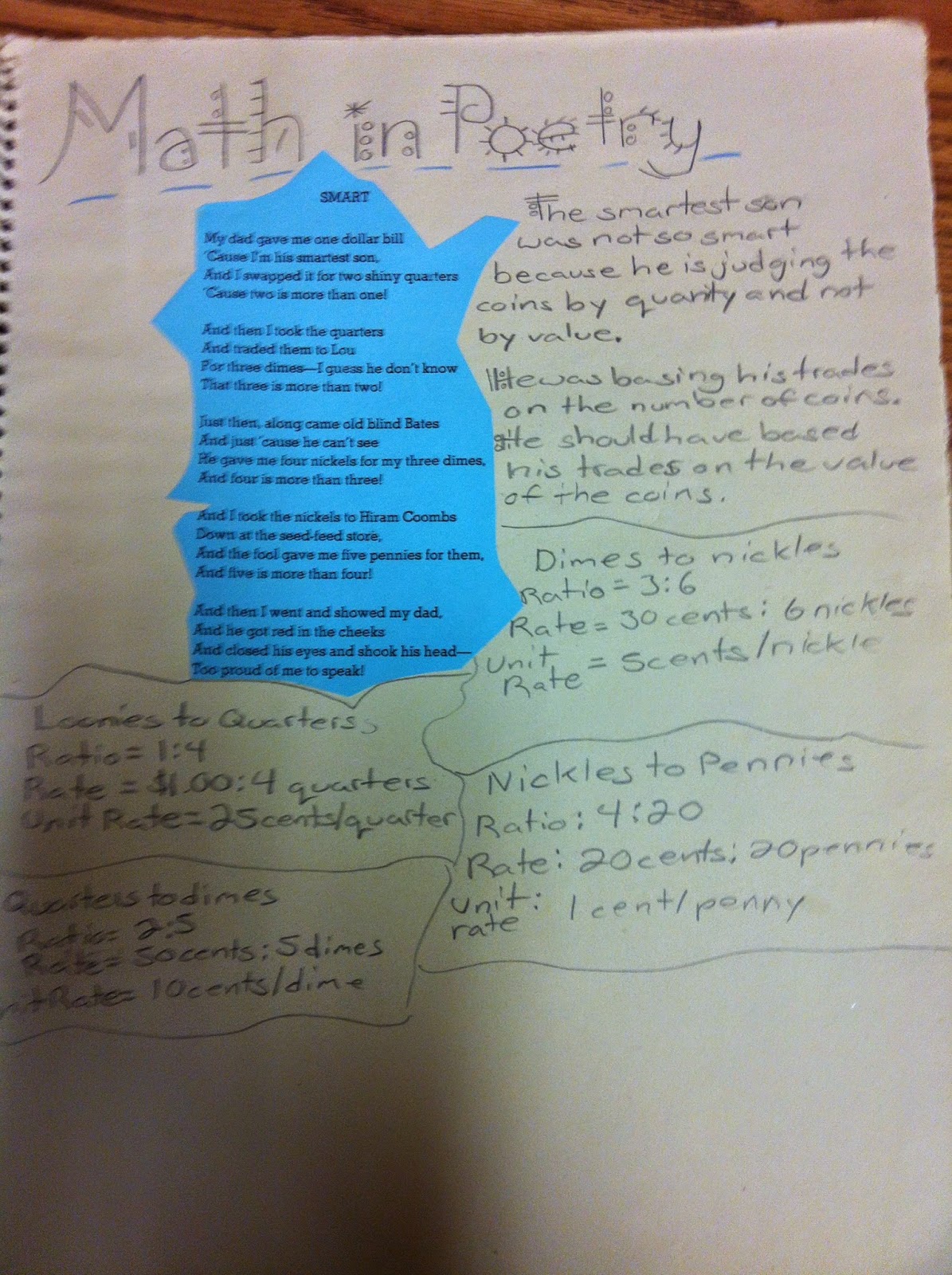Join me and my fellow math bloggers as we squash mathematical misconceptions, while offering you some insightful tips and tricks!
Fractions...
Whenever I tell my students that we will be learning about fractions, it is usually met with a collective groan. Fractions just have a bad rap! Students hear fractions and they think things are going to get tough.
Those pesky fractions aren't nice to work with like whole numbers...they're part of a whole. What's that about? It has that number on top and a number on the bottom...UGH! Sound familiar?
While we're being honest, how many of you teachers feel the same way when it comes to teaching fractions? Fractions can definitely be one of those love it or hate it relationships.
So today I would like to share with you a few tips I have for helping my students develop a deeper understanding of fractions and come to the realization that they aren't so bad after all.
I find a very common misconception among teachers is the thinking that fractions should be taught in isolation, i.e. "Now we're going to do a unit on fractions", when this should not be the case.
Fractions are rational numbers. What else is a rational number? How about decimals and percentages?
What is a fraction? Part of a whole.
What is a decimal? Part of a whole.
What is a percentage? Part of a whole.
They are all different ways of representing the same thing! For this reason, when talking about fractions with your students, decimals and percentages should also be a part of the conversation. When students recognize these connections, a deeper understanding of numbers will ensue. Once this knowledge is internalized, it will be easier to focus on more specific skills, such as simplifying fractions, multiplying and dividing fractions, etc.
When I start talking about fractions with my students, I always begin by assessing where they are in terms of connecting the 3 different types of numbers.
We start with a whole class discussion that goes something like this:
"What is a fraction?"
"What is a decimal?"
"How are they the same? How are they different?"
"What is a percentage?"
"How is a percentage similar to a decimal or fraction?"
I would then get them to represent a few different numbers in a variety of ways.
"How many ways can you represent 3/4? Use pictures, numbers and words."
"How many ways can you represent 0.3?"
...and so on...
How does this help? Students begin to use their knowledge of number relationships to make connections and deepen their understanding. A student will come to recognize that 50% is 1/2 because 50 is half of 100. If they know that they will likely realize that 25% is equal to 1/4. These connections will only help them when they begin to work with more difficult fractions in more complex ways.
After our discussion, we begin to talk about converting between the 3 types of numbers.
I have students follow along with me, as they complete a foldable in their Math scrapbooks.
As a culminating activity, I have students search for real life examples of fractions, decimals, and percentages in magazines, newspaper, etc.
Real life connections = Engagement
Once they find their examples they must explain what the number is representing, as well as convert it to the two other forms.
I have the students complete this in their scrapbooks as well, but it would also make great posters for a bulletin board.
If there is time, have a discussion about why it is sometimes more beneficial to use a decimal instead of a fraction (or other combination) in certain situations. Keep the math dialogue flowing...
I hope you found some useful tips and tricks, Thanks so much for stopping by.
Make sure to head on over to see what Donna has to say about fraction misconceptions over at
Math Coach's Corner.






























.jpg)

.jpg)







.jpg)









.jpg)
.jpg)
.jpg)
.jpg)
.jpg)
.jpg)
.jpg)
.jpg)
.jpg)
.jpg)
.jpg)
.jpg)

.jpg)
.jpg)
.jpg)
.jpg)
.jpg)
.jpg)
.jpg)
.jpg)
.jpg)
.jpg)
.jpg)
.jpg)
.jpg)









